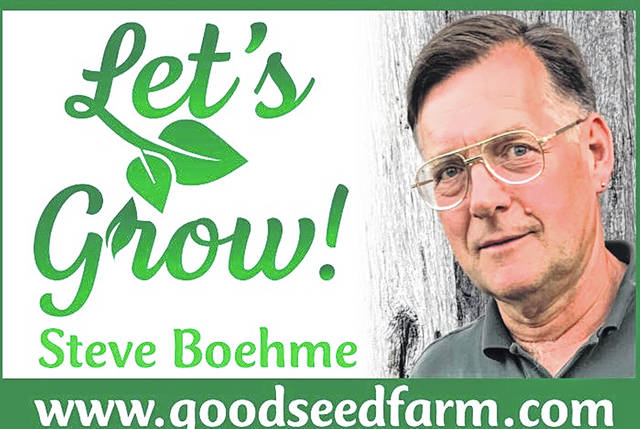
If you’re thinking about a new patio or walkway, you might be wondering what the best paving material would be. You have many choices, and each one has tradeoffs in cost, attractiveness, durability, practicality, ease of installation, and required maintenance. It’s a complicated topic, but let’s tackle the basics.
It’s hard to beat poured concrete for practicality, cost, and durability. Concrete isn’t pretty, but it’s cheap and practical. There are some drawbacks. First, it’s common for installers to build simple wood forms over soft ground and pour concrete, without doing any compaction. Soft ground eventually settles, and so does the concrete walk or patio that’s resting on it. Form lumber is straight, so it takes lots of effort to achieve an artful, curvy shape. Straight lines and right angles are the rule.
“Stamped” concrete (poured concrete molded to imitate stone or brick) is more attractive, and installers tend to be more artful. Colorings and coatings simulate stone or pavers. Still, the paved surface is relatively soft. Diamond saws are used to cut expansion joints, weakening the concrete and leading to chipping along the saw cuts. The coloring eventually fades, requires regular re-coating or re-sealing, and wears off the high spots in the textured surface.
Natural stone can also be used for paving. Irregular shapes and thicknesses provide a lumpy, bumpy surface, and are tricky to install. It’s better to use cut stones of uniform thickness. Joints between stones must be grouted, and the grout joints tend to crumble or invite weeds. Cleaning must be done very gently because pressure-washing, strong cleaners or wire brushes will damage the stone and the grout. Weed killers, fertilizer and fallen leaves can easily stain stone slabs, so sealers are needed regularly.
Brick makes an attractive paving material, but not just any brick will do. Paving bricks are much harder and less porous than wall bricks, so they won’t absorb moisture. Otherwise, freeze-thaw cycles will turn brick to powder.
Regardless of the paver material, a solid footer of compacted aggregate is essential to prevent settling. Professional paver installers use mechanical compactors to pack the paver footer in “lifts”, or layers. They routinely use geotextiles under paver footers, to stabilize the underlying soil. Layers of geotextiles between lifts of footer gravel further prevent pavement from “stretching”. This is good practice with any sort of paver.
Our preferred paving materials are man-made “dry-laid” pavers, which are available in a huge variety of shapes, colors and textures. They are designed to lock tightly against each other, using interlocking patterns, which makes the paver surface very strong. The pavers themselves are more than twice as hard as poured concrete, so they’re less likely to chip or suffer salt damage. The colors are through the entire paver, and colors are often “blended” so that each paver is different. This makes a much richer, deeper color possible.
Joints between dry-laid pavers should be filled with “poly sand”, special sand mixed with polymers that harden when water is applied. This seals the paver joints like mortar, and locks the joint sand and the pavers together. Mechanical vibration is used to settle the sand in the joints, and tamp the pavers down tightly.
Paver design and installation can be a simple or as detailed as you make it, but professional paver patios and walks can be works of art. Inlaid patterns, graceful curves, deep, rich color blends; all these possibilities make for years of pleasure every time you walk on them.


